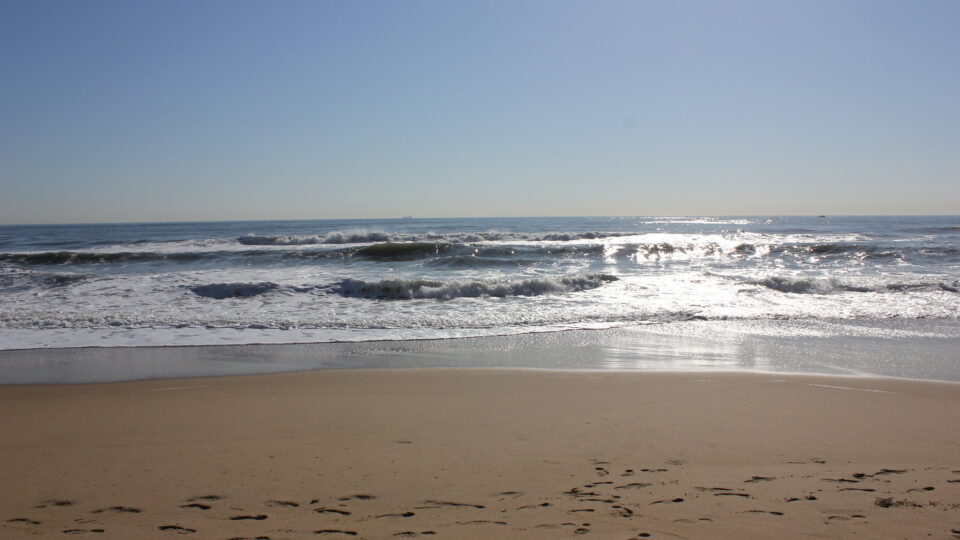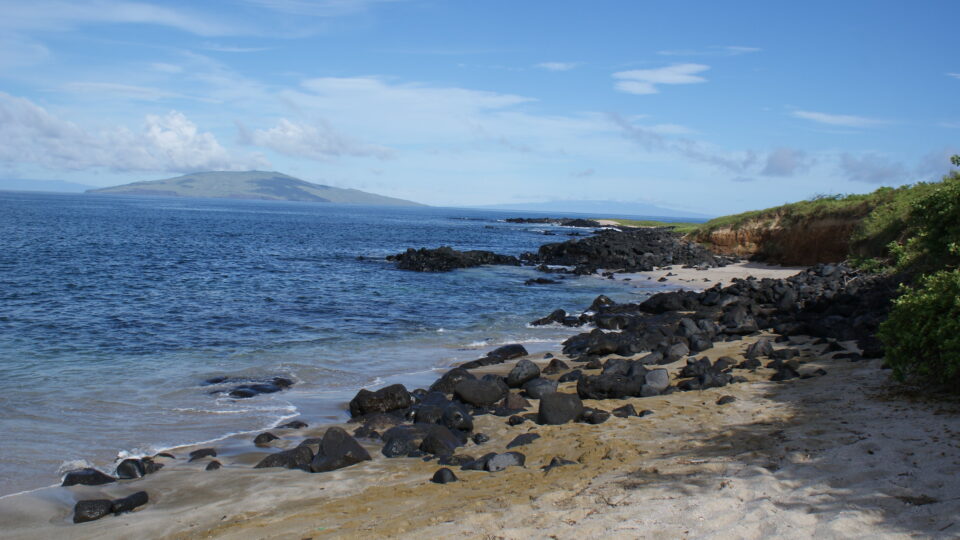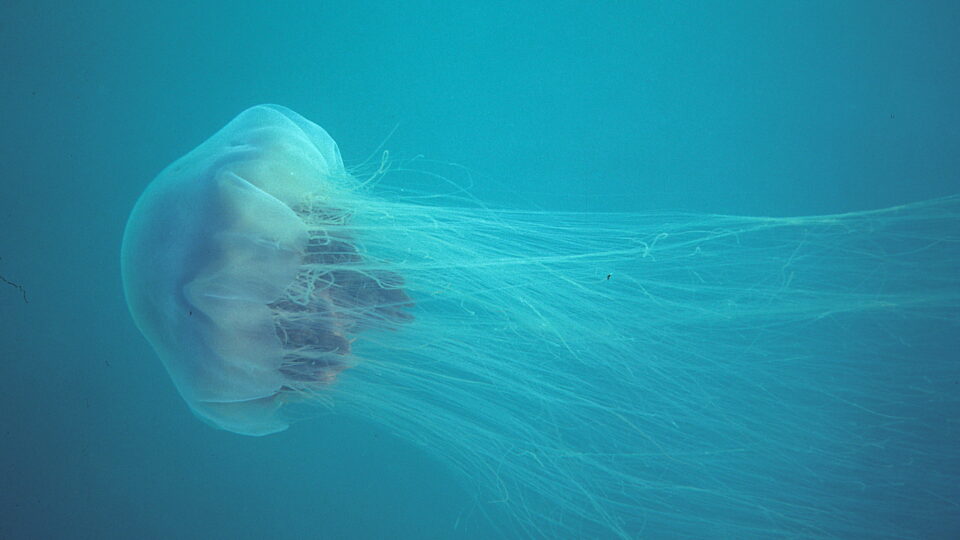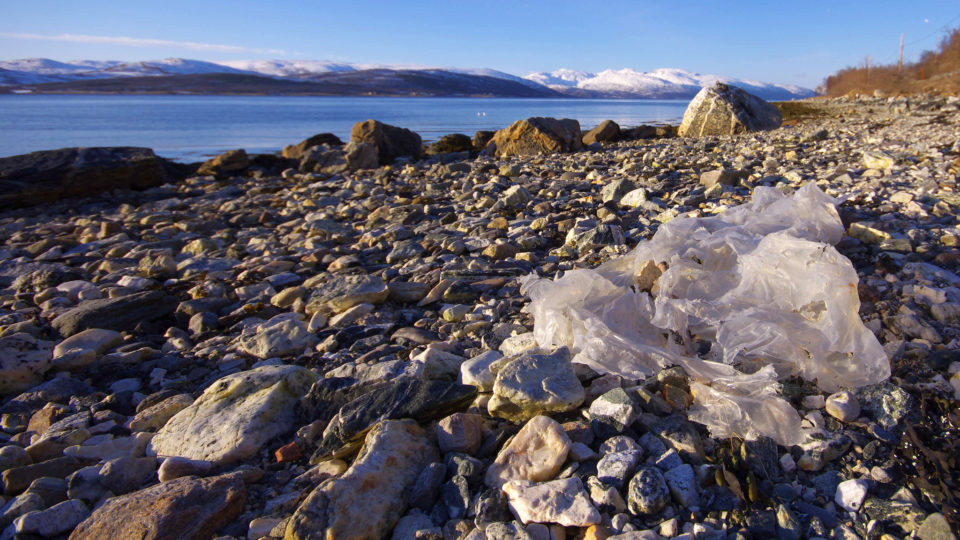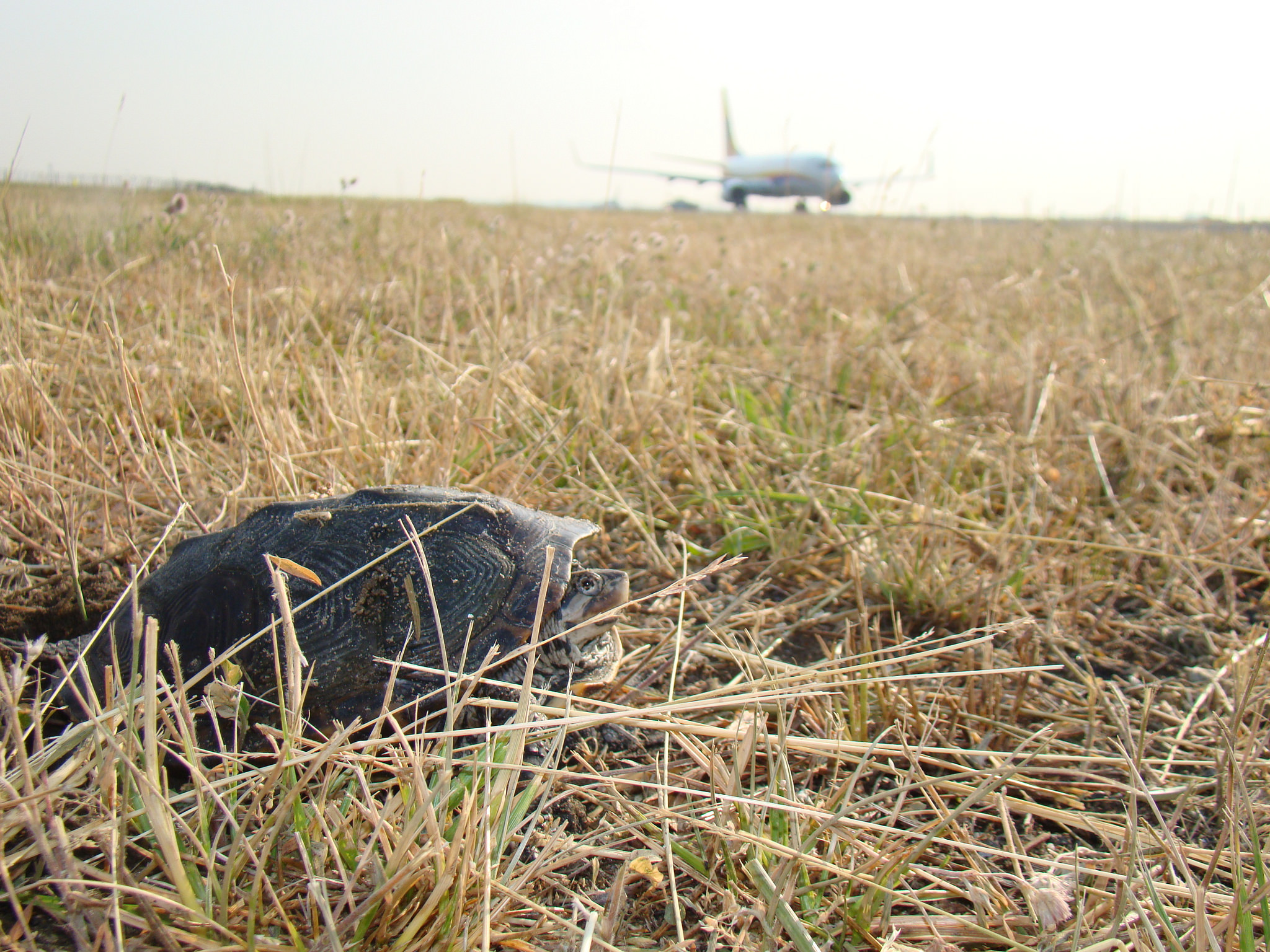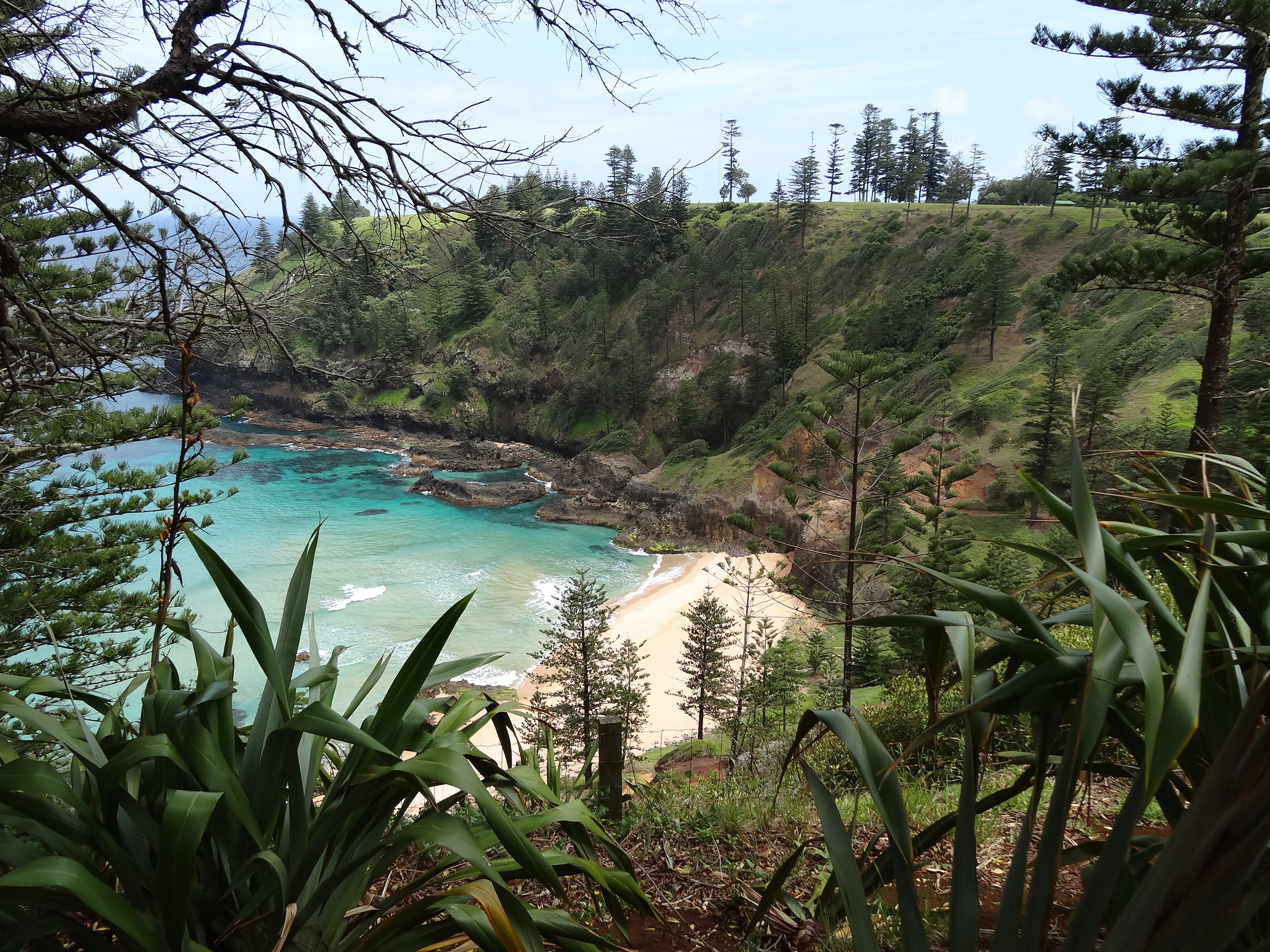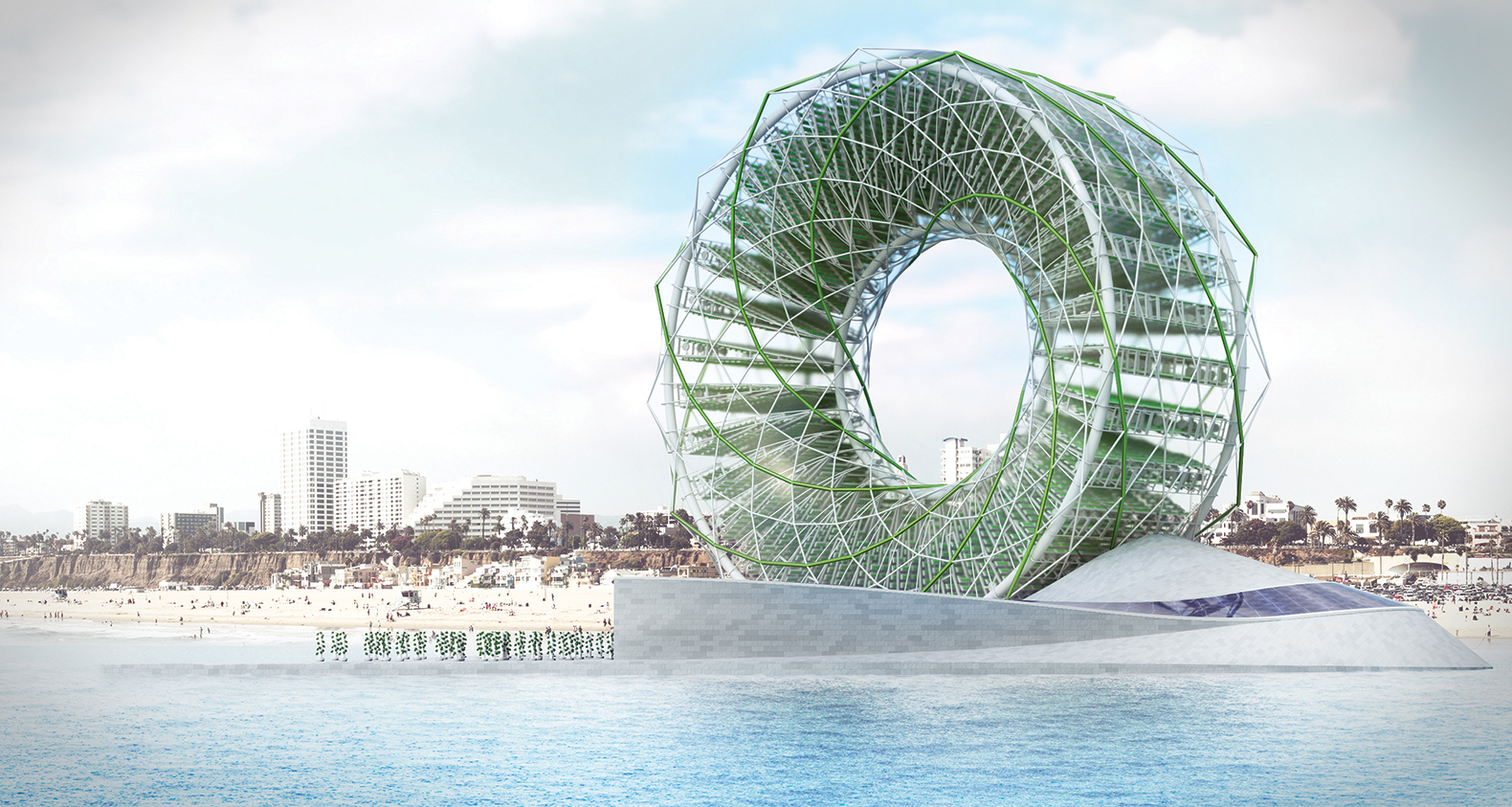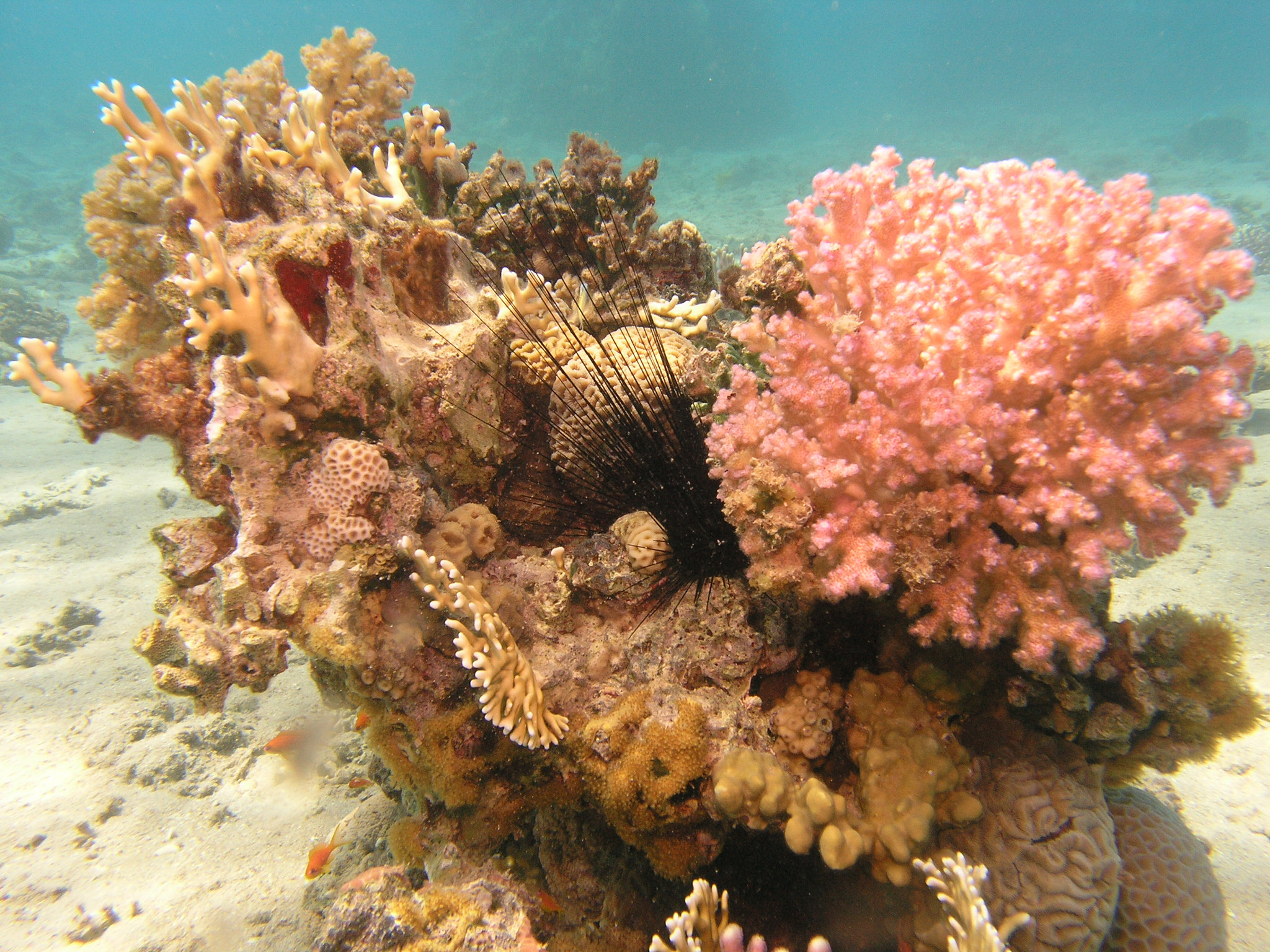There have been three offshore wind projects previously approved by utility regulators in New Jersey. New Jersey is vying to become an East Coast leader in the fast-growing offshore wind industry and now developers have proposed four new projects off the New Jersey Shore.
Two of the projects would be located far out to sea where they would not be visible at all from the shore. One of them, called Community Offshore Wind, would be built 37 miles offshore from Long Beach Island. It aims to generate enough electricity to power 500,000 homes.
A second project, called Leading Light Wind, would be located 40 miles off Long Beach Island and would consist of up to 100 turbines that would generate enough electricity to power 1 million homes.
The two companies that are building the already-approved Atlantic Shores Wind Farm have submitted a bid for a new project located 10 to 20 miles offshore. In addition, a fourth application to the New Jersey Board of Public Utilities has also been submitted, but there is yet no public information about it.
Existing offshore projects have drawn intense opposition from homeowners in part because they are close enough to the Atlantic City and Ocean City shorelines to be seen by beachgoers, albeit as tiny objects on the horizon. The new proposed projects located far offshore would not have this problem.
The new projects can take advantage of existing federal tax credits, but the bidders say they will not seek the tax breaks from New Jersey that the earlier project received as they have also been the subject of legal challenges by opponents of offshore wind.
**********
Web Links
4 new offshore wind power projects proposed for New Jersey Shore; 2 would be far out to sea
Photo, posted March 25, 2016, courtesy of TEIA via Flickr.
Earth Wise is a production of WAMC Northeast Public Radio

